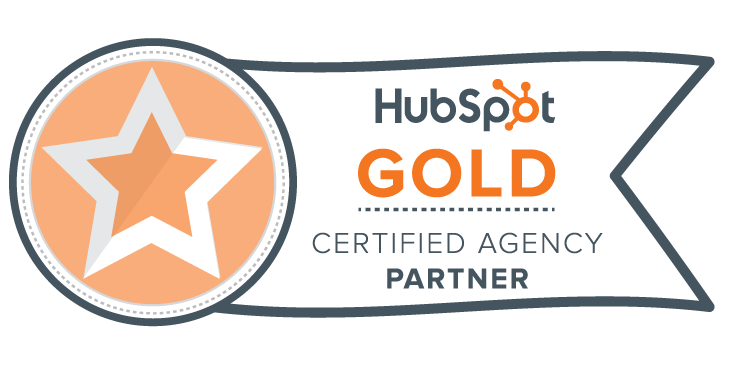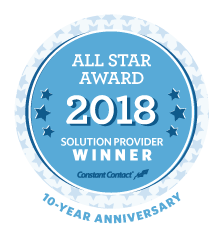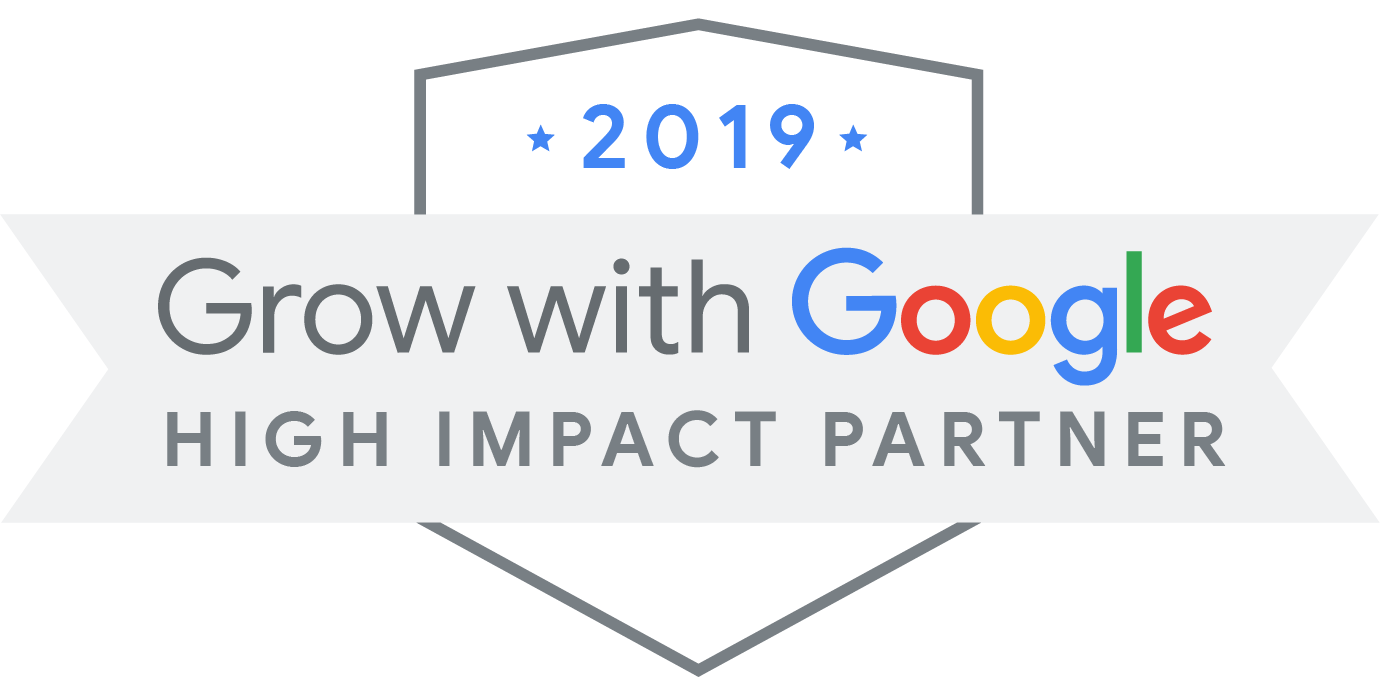
Do you have a clear picture of who your ideal customer is? Do you know what they like? What they do in their free time? How many children they have?
If not, it’s time to start building buyer personas for your business.
What is a Buyer Persona?
Buyer personas are fictional, generalized representations of your ideal customers. They have a name, an age, a job, family, hobbies, values and fears. They are fleshed-out and fully-formed. From there, you can figure out what messages will resonate with them the most, what channels to use to reach them and (most importantly) how to convert them to a sale. The strongest buyer personas are based on market research as well as on insights you gather from your actual customer base. Depending on your business, you could have as few as one or two personas, or as many as 10 or 20. If you’re new to personas, start small! You can always develop more personas later if needed. For rockstar personas, use our free how-to guide.
How to Make a Buyer Persona
The easiest way to bring your persona to life is by using a template. There are a lot of options out there, but we recommend HubSpot’s Make My Persona tool because it’s easy to use and understand. For your personas, you’ll want to paint a clear picture. Start with basic information:
- Persona’s name, gender and age
- Job title and industry
- Salary and household income
- Location (urban? suburban? rural?)
- Education
- Family
- Values
- Challenges they face
- How they use technology
You can add to this list as relevant to your industry. The more detail you can give your persona, the better. There are also several ways to go about gathering the information to flesh out your personas.
Look at Existing Personas
When starting out, it’s helpful to look at example personas to get a feel for how yours should look. BizzyWeb has 5 Pre-Made Personas you can use as inspiration or foundation for your own personas.
Interview Customers
The easiest – and most important – way of gathering information about potential customers is to look at your current customers. Send out an email survey to your current customers asking them for information. Ask them about their role, their company, their goals, etc. HubSpot has an excellent list of 20 questions to ask in persona interviews to give you some ideas. Make sure to provide an incentive for customers to fill out your survey – a gift card usually does the trick.
Talk to Your Team
Brainstorm with your team to distill the personalities of your customers and prospects. Your sales team regularly interacts with potential customers – what do prospects who convert have in common? Your customer service team is another excellent resource to tap into. Not only do they have insight into what makes your customers happy, but they can tell you what their pain points are as well.
Behavioral Research
Google Analytics is a fantastic wealth of information. You can use it to pull information about who is viewing your site and what actions they take. You can also glean basic demographic information from many social media channels. Facebook comes with a built-in tool that breaks down the demographics of your followers. Looking at your social media will also give you more insight into your customers’ likes and personality – which posts performed the best? What types of content generate the most responses?
* * *
Webinar: Zeroing in on Your Customer and Their Journey
Need a new digital marketing or web design plan? We are a Minneapolis SEO, digital marketing, social media marketing, web design and HubSpot inbound marketing agency. We’re located just outside of Minneapolis. Stop on by and get started – and while you’re here, pick up a free honey stick (yes, we love our bee-related theme).
 Get Started
Get Started Support
Support Call us
Call us Email Us
Email Us



